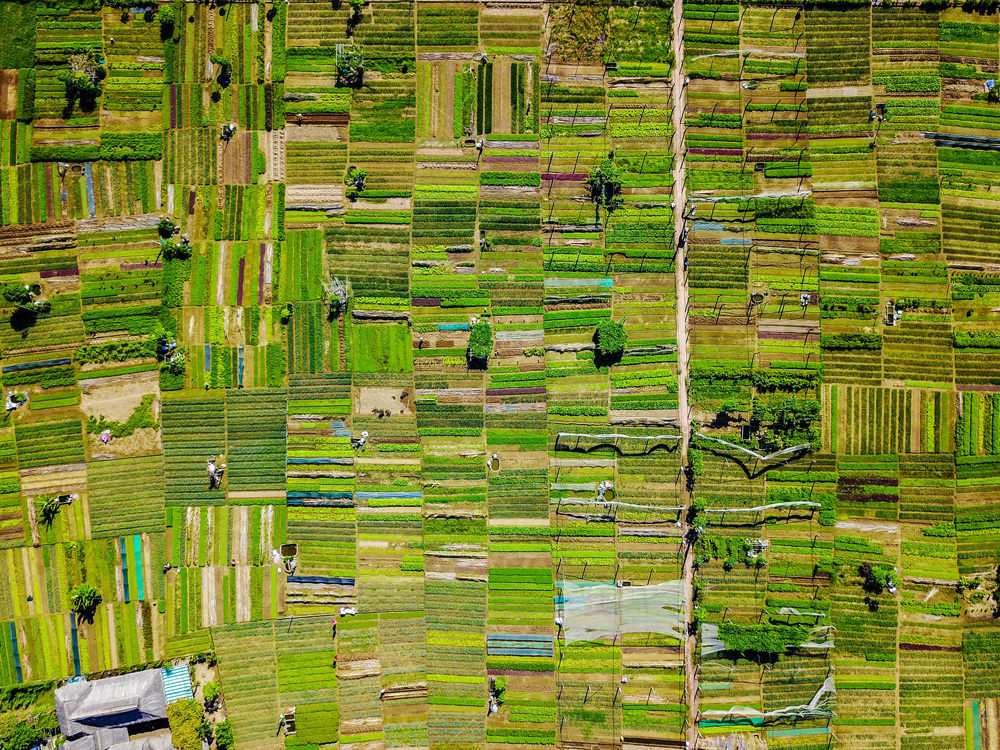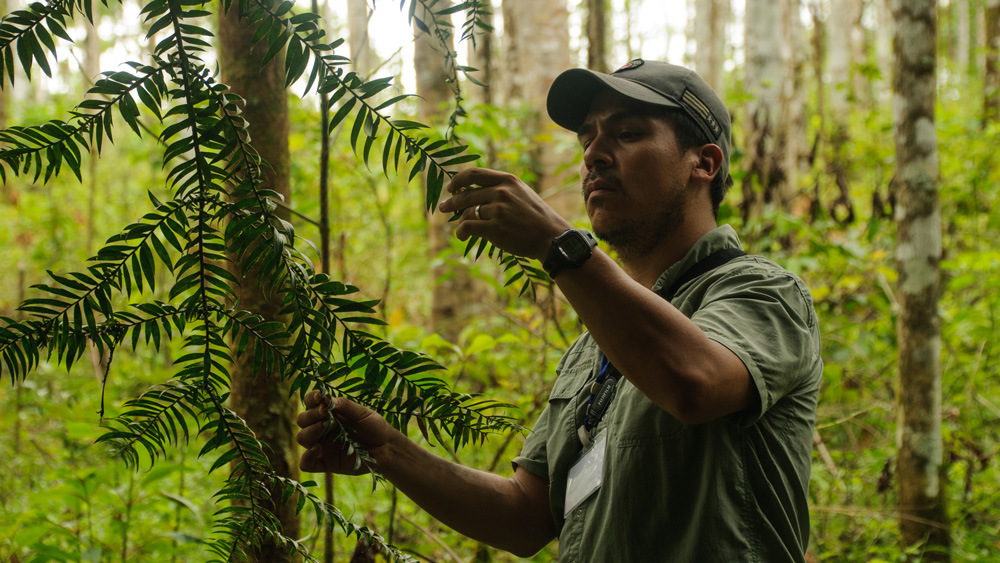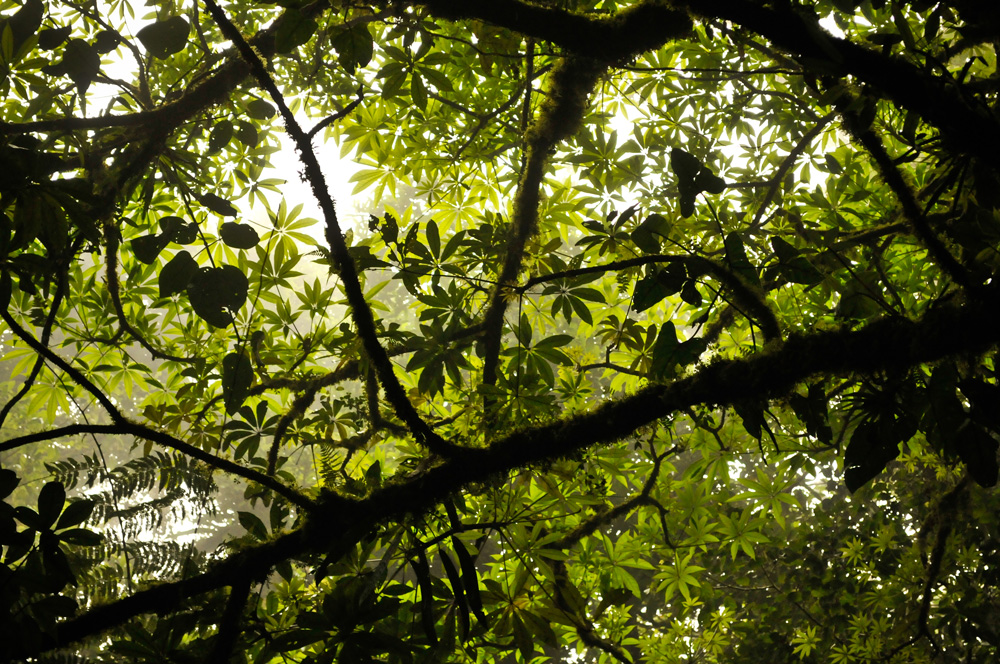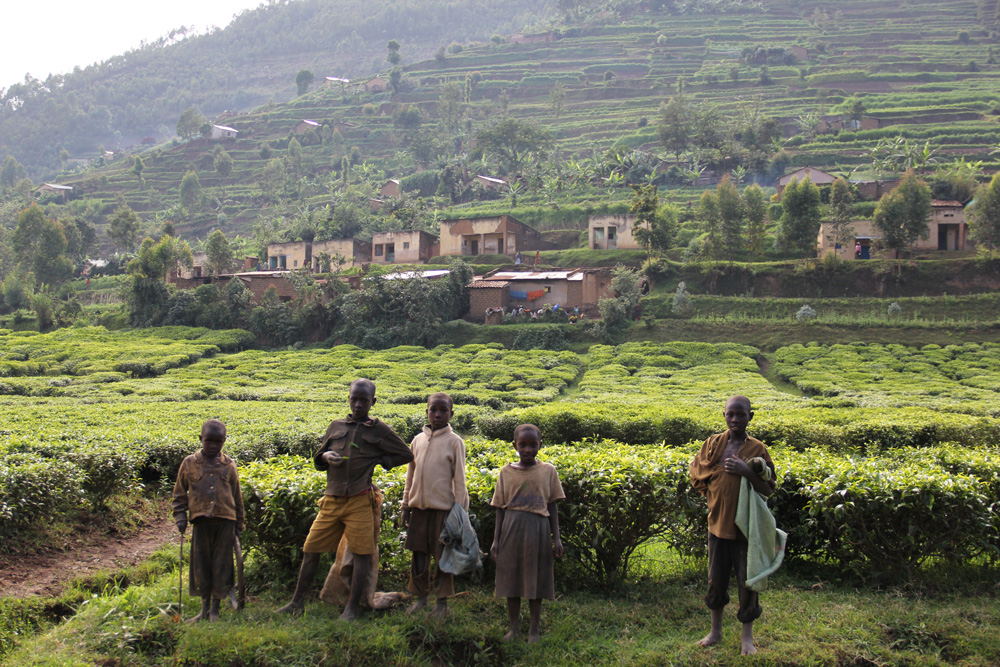Forest Landscape Restoration, FLR continues to gain traction. So far, through such initiatives as the Bonn Challenge, the New York Declaration on Forests, AFR100 and the Initiative 20×20, 47 countries pledged to restore a total of 160.2 million hectares, an area slightly greater than the size of India.
While these restoration commitments are inspiring, scientists tip off that there is much more to restoration than the number of hectares. In fact, there are no common standards, metrics and indicators to guide and measure restoration outcomes.
“We don’t have a clear vision on how to implement FLR or how to recognize it on the ground. There are no guidelines on how to translate the core principles of FLR into operational terms. Without this clarity, it’s not possible to ensure or measure the quality of the restoration efforts,” says Robin Chazdon, PARTNERS Reforestation Network.
On the outskirts of the Global Landscapes Forum (GLF) in Nairobi held in August 2018, World Agroforestry Center (ICRAF), WeForest and PARTNERS gathered fellow restoration experts to discuss a way forward. This article follows the talks from that meeting.



